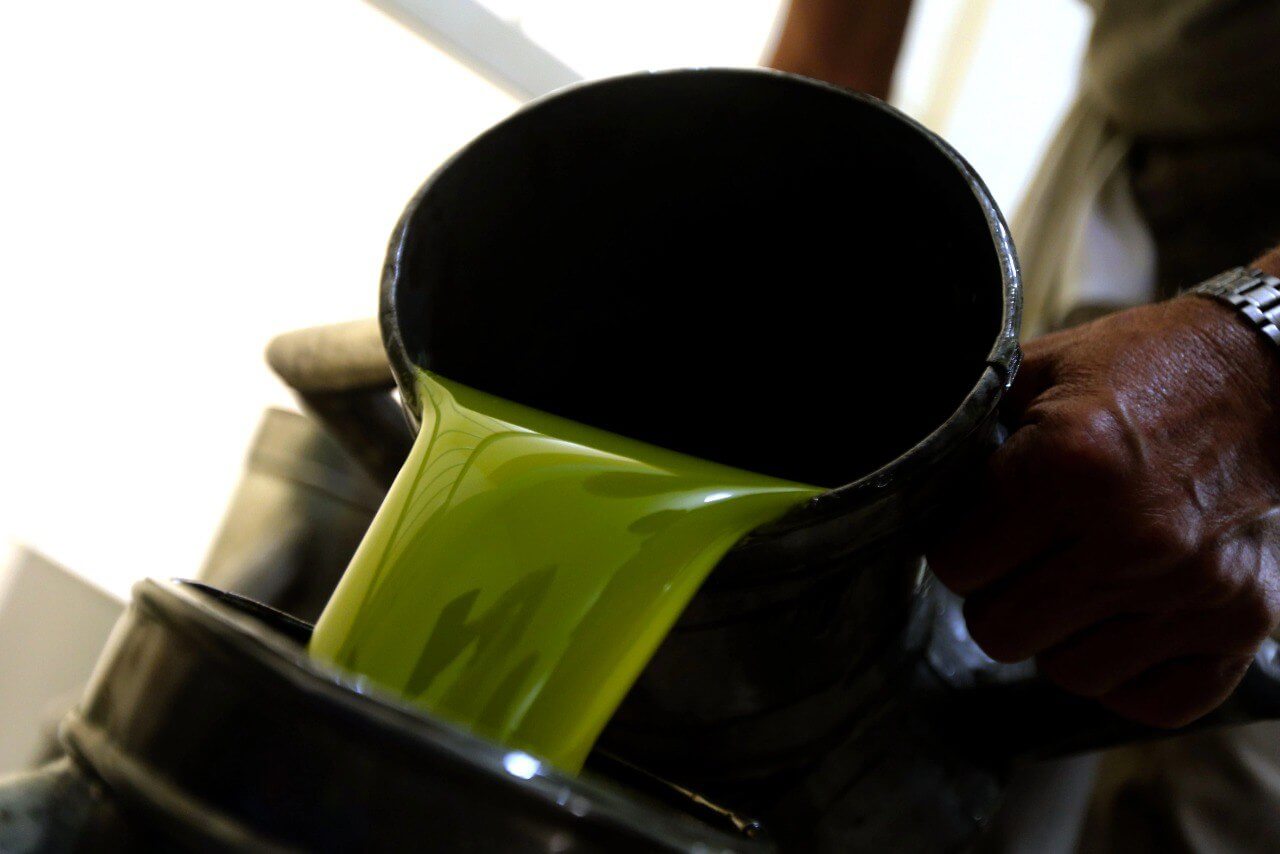.jpg)
Understanding RPO Grades: Choosing the Right Rubber Process Oil
Rubber Process Oil (RPO) is the unsung hero of the rubber industry. It plays a pivotal role in the formulation of rubber products, contributing significantly to their properties and performance. RPO comes in various grades, each designed for specific applications and requirements. In this article, we'll delve into the world of RPO grades, exploring what they are, their characteristics, applications, and why choosing the right grade is crucial.
What are RPO Grades?
RPO grades are classifications of Rubber Process Oil, representing variations in their chemical composition and properties. These grades are essential because they allow manufacturers to tailor the characteristics of their rubber compounds to meet specific needs. When we talk about RPO grades, we refer to the diverse range of options available to rubber product manufacturers.
Characteristics of RPO Grades
Viscosity Range in Different RPO Grades
RPO grades vary in viscosity, which is a measure of a fluid's resistance to flow. Higher viscosity RPOs are thicker and more resistant to flow, while lower viscosity RPOs are thinner and flow more easily. This variation in viscosity impacts how RPO interacts with rubber compounds.
Aromatic and Non-Aromatic RPO Grades
RPOs can be classified into aromatic and non-aromatic grades. Aromatic RPOs contain a higher percentage of aromatic compounds, which can enhance certain properties of rubber, such as flexibility and resilience. Non-aromatic RPOs, on the other hand, have lower aromatic content and are preferred in applications where odor and toxicity are concerns.
Flashpoint and Other Key Properties
Different RPO grades have distinct flashpoints, which is the temperature at which a substance can ignite. This property is crucial for safety considerations during storage and handling. Additionally, RPO grades may vary in color, odor, and other physical properties.
Applications of RPO Grades
Use of Different RPO Grades in Various Industries
RPO grades find applications in a wide range of industries, including automotive, tire manufacturing, construction, and more. The choice of RPO grade depends on the specific needs of each industry and product.
Examples of RPO Grade Applications
In tire manufacturing, high-viscosity aromatic RPOs are often used to enhance the elasticity and durability of tire compounds. In the automotive industry, non-aromatic RPOs with lower odor levels are preferred for rubber components. These examples highlight how RPO grades can be tailored to meet industry-specific requirements.
Choosing the Right RPO Grade
Selecting the right RPO grade is a critical decision in rubber product manufacturing. Several factors influence this choice:
Factors to Consider When Selecting an RPO Grade
- The type of rubber being used
- The type of rubber being used
- Desired physical properties of the final product
- Regulatory and environmental considerations
- Cost-effectiveness
- Compatibility with other additives
Matching the RPO grade to the specific requirements of a rubber formulation is essential for achieving the desired product performance.
Benefits of Using the Correct RPO Grade
The advantages of using the right RPO grade are numerous:
- Enhanced rubber processing, leading to improved workability and mixing
- Improved product performance, including durability and flexibility
- Cost-effectiveness by optimizing the use of RPO in formulations
Environmental Considerations
While RPO is indispensable in rubber manufacturing, there are environmentally friendly alternatives available. Manufacturers should be aware of regulatory requirements and consider eco-friendly options to minimize their environmental impact.
Common RPO Grade Manufacturers
Several manufacturers produce RPO grades, including industry leaders known for their quality and consistency. When sourcing RPO, it's essential to choose reputable suppliers to ensure product reliability.
Conclusion
In the world of rubber processing, the significance of RPO grades cannot be overstated. These classifications enable manufacturers to fine-tune their rubber formulations, resulting in products with superior properties and performance. Whether you're in the tire industry or automotive manufacturing, selecting the right RPO grade is a decision that directly impacts the quality of your end products.
Frequently Asked Questions
-
What is the role of RPO in rubber processing?
RPO serves as a plasticizer and softening agent, improving the workability of rubber compounds.
-
What are the key differences between aromatic and non-aromatic RPO grades?
Aromatic RPOs have higher aromatic content, enhancing certain rubber properties, while non-aromatic RPOs have lower odor levels.
-
How does the choice of RPO grade impact tire manufacturing?
High-viscosity aromatic RPOs are often used in tire manufacturing to enhance elasticity and durability.
-
Are there eco-friendly alternatives to traditional RPO grades?
Yes, there are environmentally friendly RPO alternatives that can be used to minimize environmental impact.
-
Why is it essential to choose reputable RPO manufacturers?
Reputable manufacturers ensure product quality and consistency, which are crucial for reliable rubber formulations.
